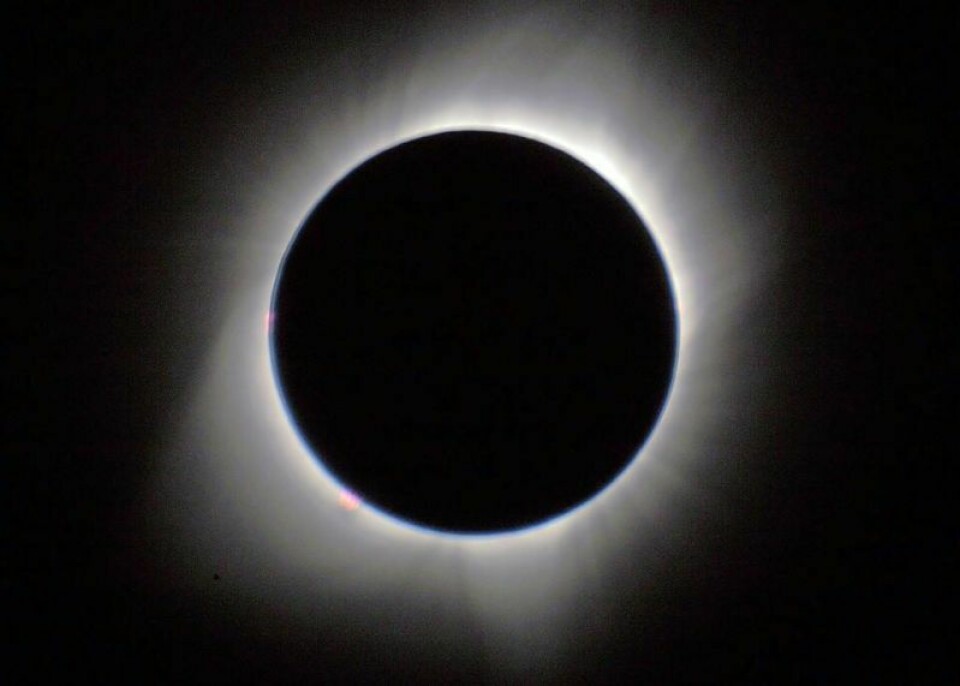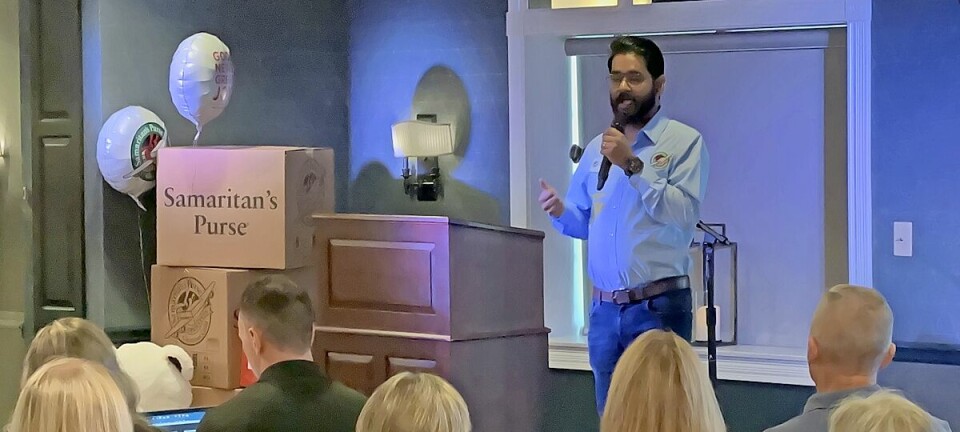How EMAs are preparing for 2024 eclipse

The significance of a total solar eclipse lies not only in its visual splendor, but also in the impact it can have on various aspects of society. From the influx of tourists and visitors to the potential strain on infrastructure and resources, emergency management agencies must anticipate and address many factors to ensure a safe and orderly viewing experience.
The Wayne County EMA is cautioning residents to be prepared for large crowds coming to the area to see the eclipse on Monday, April 8, 2024. The event will be the first of its kind in Ohio since 1806, and Wayne County EMA Director Barb Pittard has formed an eclipse planning team to help manage the possible convergence of sightseers.
The team includes Pittard, retired Sheriff’s Capt. Doug Hunter, former Wooster Chief of Police Steve Glick, Highway Patrol Lt. Todd Roberts, health commissioner Nick Cascarelli, OSU Police Sgt. Chad Stanton, Wayne County Convention and Visitors Bureau board member Todd Imhoff and emergency management specialist Tom Brennan.
“Expect heavy traffic, delays and cell phone communications to be impacted. April 8 may not be a good day to run your errands,” Pittard said. “Make sure you do your grocery shopping in the days before the eclipse. If you take medications, make sure you have enough.”
The reason for the concern is Wayne County sits along the path of totality for this eclipse. This means the center of the moon’s shadow will pass over Wayne County, the sky will darken, and if weather allows, the sun’s corona, or outer atmosphere, which is usually hidden, will be visible to those within the path.
Emergency management agencies also collaborate with other local, state and federal entities to develop comprehensive emergency response plans. These plans include protocols for addressing traffic congestion, crowd management and medical emergencies, among other contingencies. By conducting thorough risk assessments and identifying potential vulnerabilities, they can allocate resources effectively and ensure a swift and coordinated response in case of unforeseen incidents.
Since the nation’s founding in 1776, only 21 solar eclipses have crossed the United States’ path. The last one in 2017 brought large crowds of tourists to areas within the path of totality. Places like Kentucky and Tennessee saw traffic jams lasting for hours, communications disruptions and fuel shortages. The Ohio EMA projects the population of Wayne County will double during the event.
The planning team urges people to stay home if traveling isn’t necessary and to wear proper eye protection if looking directly at the eclipse. Cascarelli said the only safe way to look directly at a partially eclipsed sun is through solar filters such as eclipse glasses or handheld solar viewers. Welders’ helmets are only safe if they are shade 14 or better.
“If you plan on viewing the eclipse, get your glasses early. We expect eclipse glasses will be hard to find and possibly more expensive after the first of the year,” Tom Brennan of the Wayne County EMA said.
According to NASA, eclipse viewer glasses and handheld solar viewers should meet the following criteria:
—Have certification information with a designated ISO 12312-2 international standard.
—Have the manufacturer’s name and address printed somewhere on the product.
—Should not be used if they are older than three years or have scratched or wrinkled lenses.
—Do not use homemade filters.
—Ordinary sunglasses, even very dark ones or multiple layers, should not replace eclipse-viewing glasses or handheld solar viewers.
For additional information about the Wayne County EMA, visit www.wcemaoh.org.
Dan Starcher is the public communications coordinator for Wayne County.
























